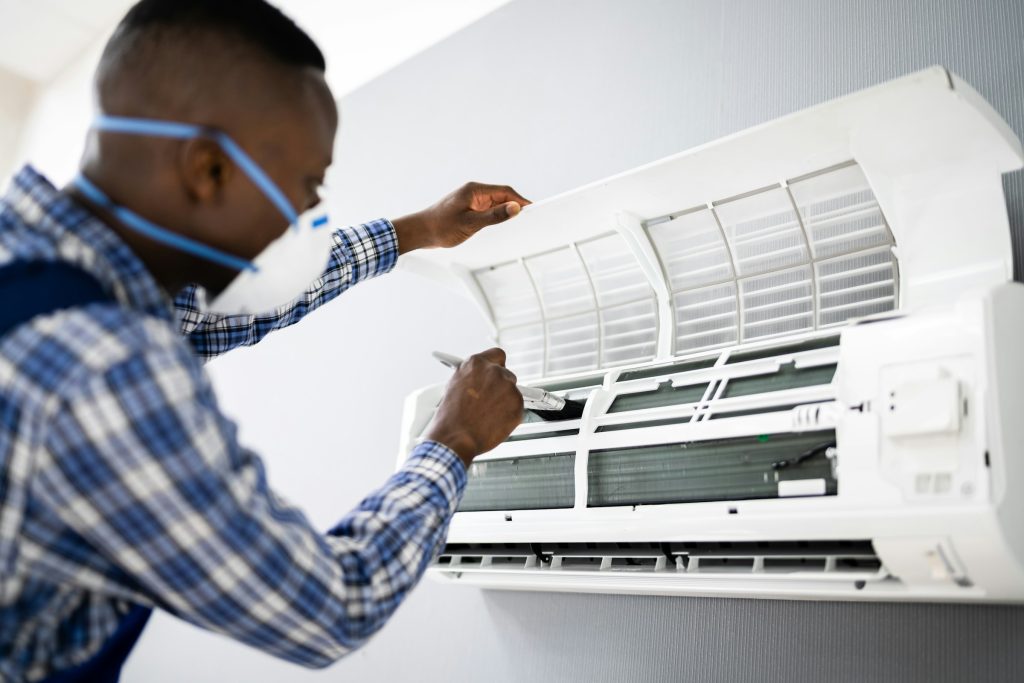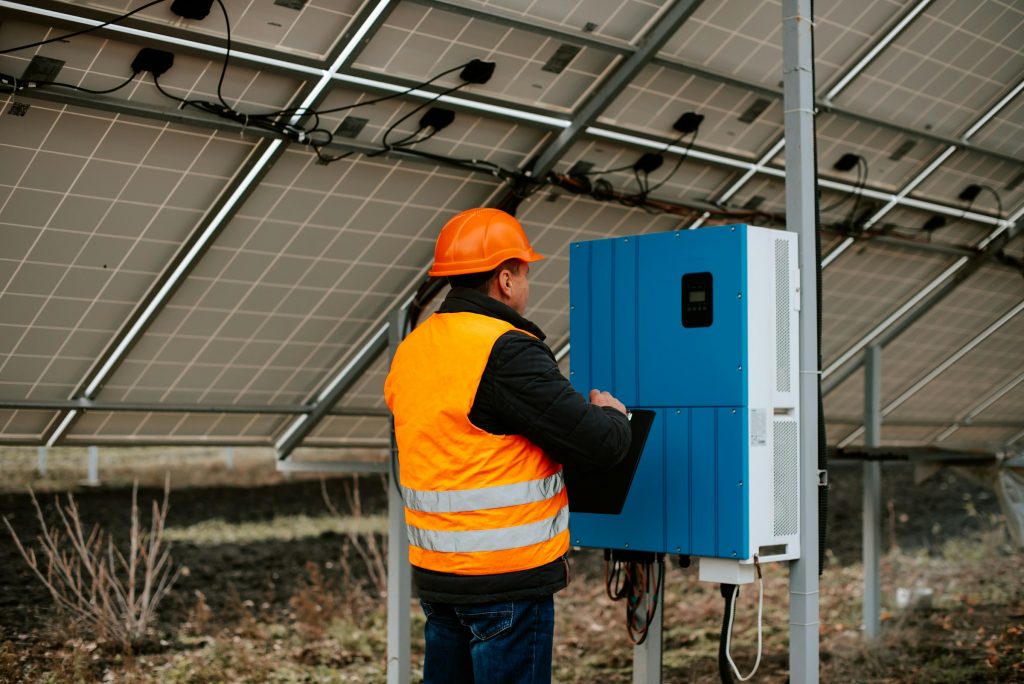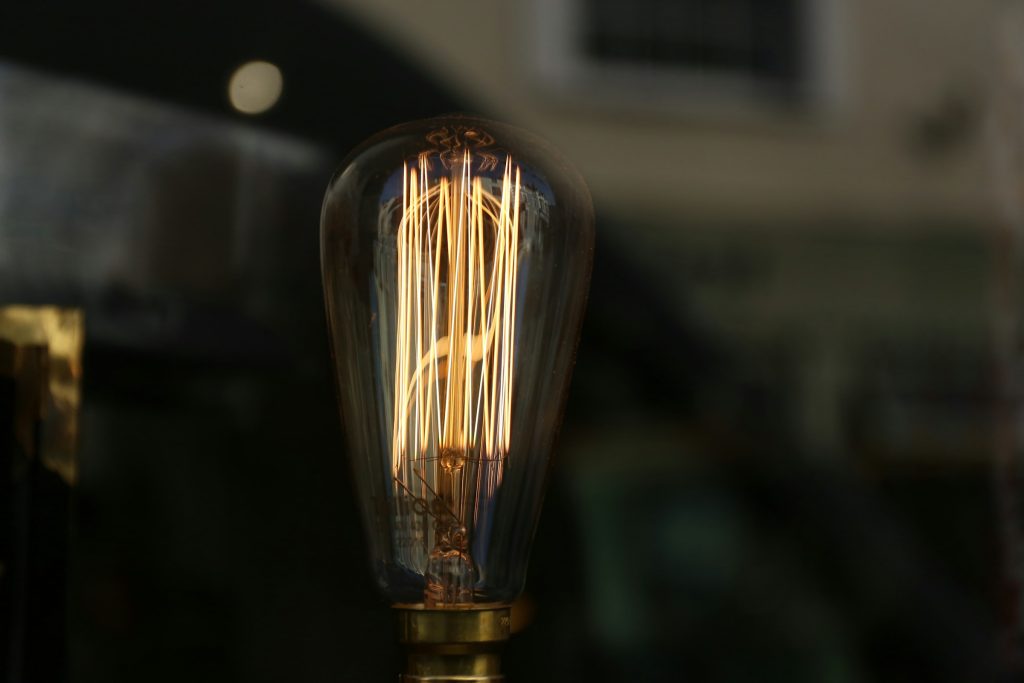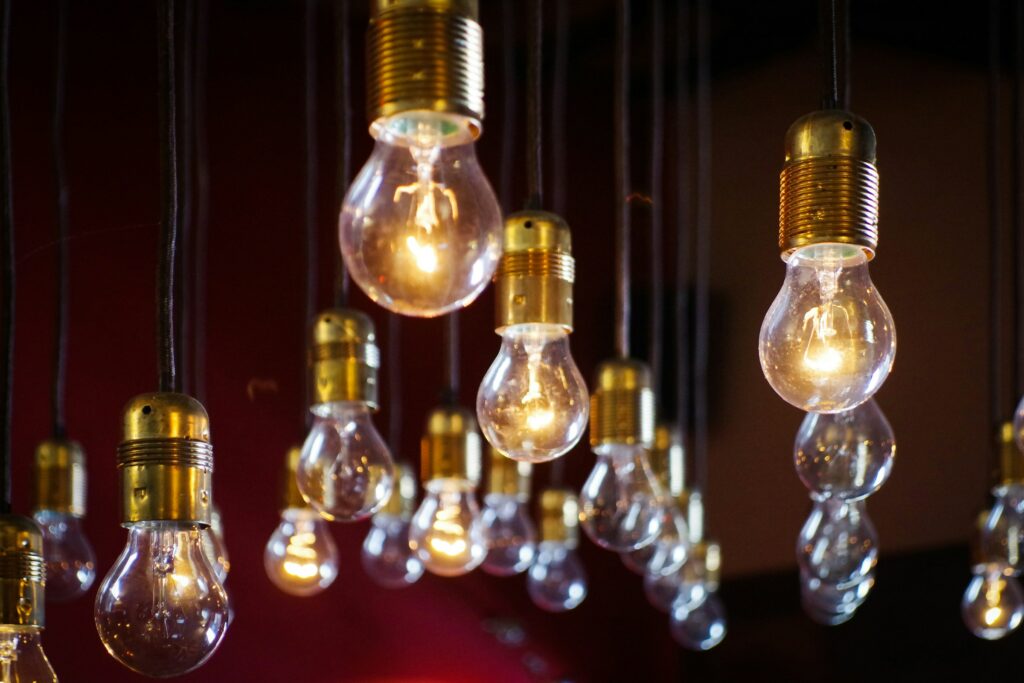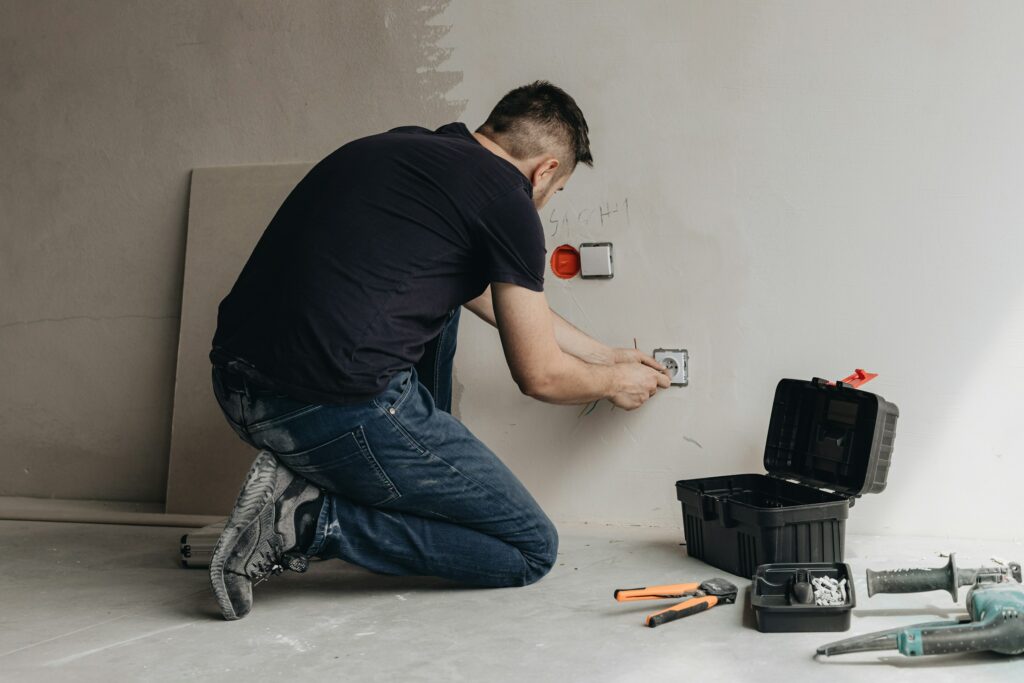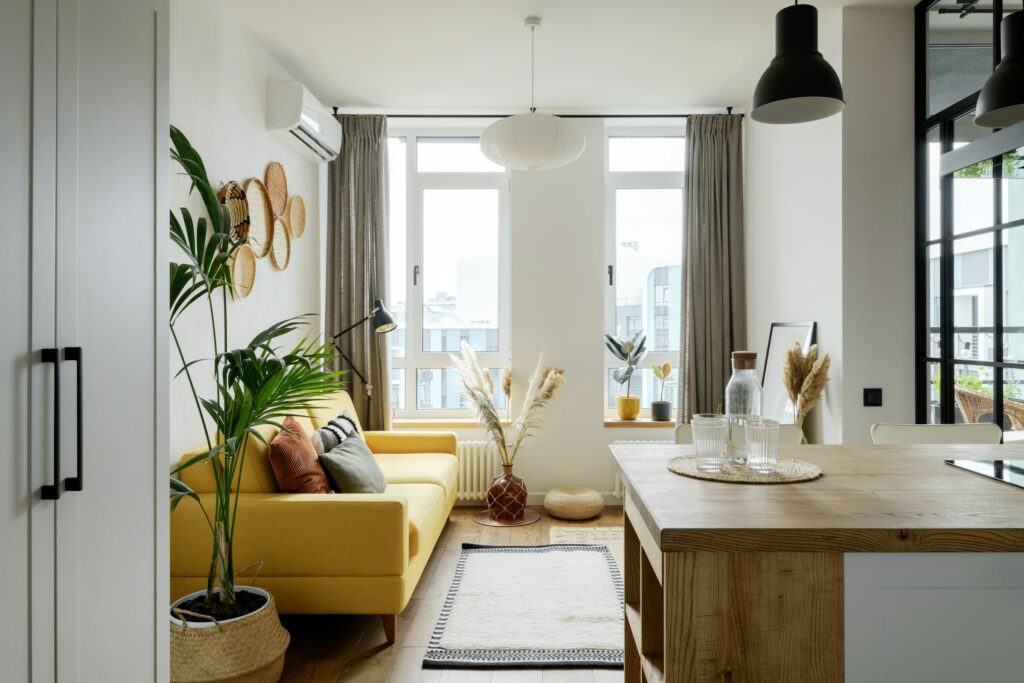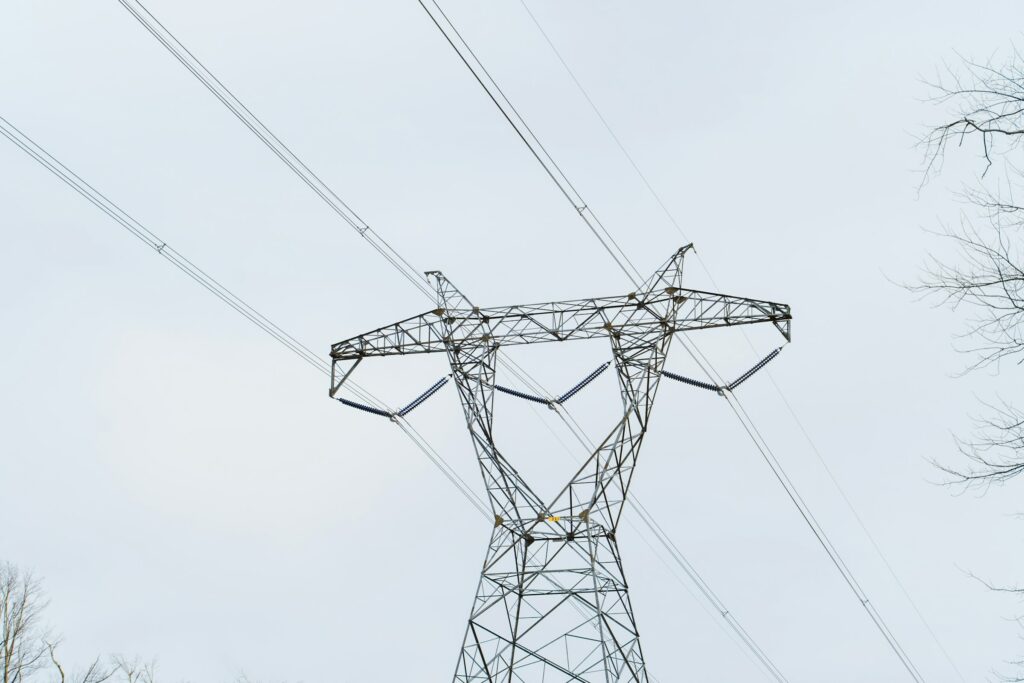Throughout the world, energy consumption is at an all-time high. This increasing global focus on energy usage makes energy efficiency ever more salient. Especially in the realm of electrical design, efficiency is paramount. This blog post not only delves into why this is crucial but elucidates policies encouraging energy efficiency and touches upon challenges and opportunities at hand.
These insights might change the way we perceive the world of electrical design!
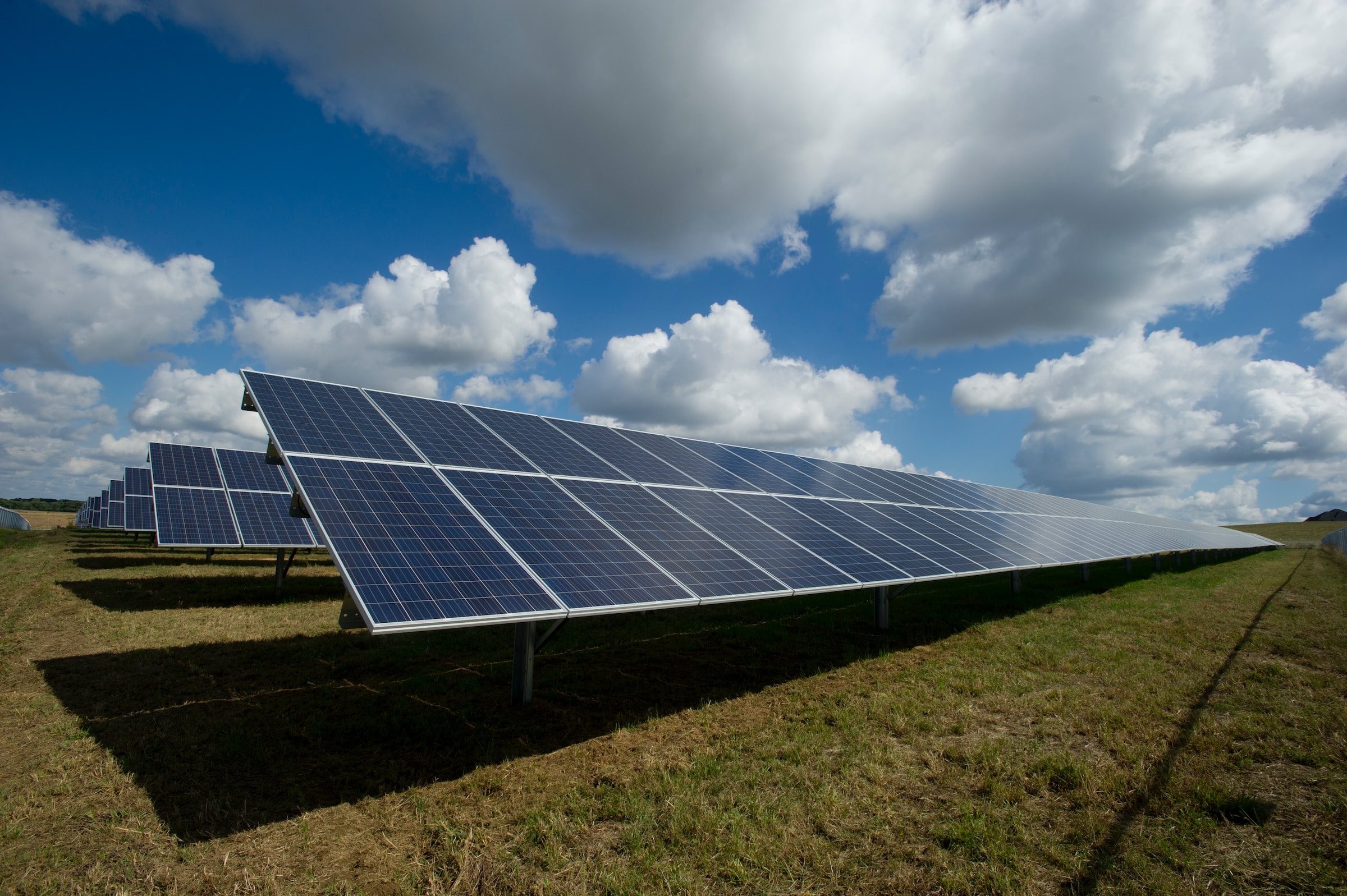
Understanding Energy Efficiency
Energy efficiency is fundamental to modern life. It involves using less energy to perform the same function without sacrificing the scale or quality of output. It’s the art and science of output maximisation without energy waste. In an age of climate change and depleting resources, it’s time to reevaluate how we utilise energy drastically.
Necessity of Energy Efficiency in Modern Electrical Designs
Modern electrical designs aren’t solely about functionality and aesthetics; they intertwine with energy efficiency. For instance, energy-efficient bulbs use less electricity than traditional incandescent bulbs but provide the same illumination. Now, businesses and homes alike reap the triple benefits of reduced energy bills, increased lifespan of appliances, and a smaller carbon footprint.
Case Studies in Energy-Efficient Electrical Designs
Let’s consider some illustrations, grounding these benefits in the real world.
Philips’ LED lighting systems in the Netherlands harness natural light during daylight hours by using a light reflexivity system, curbing electricity costs by a staggering 85%.
The introduction of energy-efficient appliances, from refrigerators to air-conditioners, has seen households’ energy expenses drop dramatically in Japan.
Armed with concrete examples, it’s clear the application of energy-efficient designs is not a conceptual idea but a present-day reality with tangible benefits.
Impact of Energy Efficiency on Today’s Electrical Designs
Energy-efficient electrical designs have incomparable effects. Their environmental influence in reducing greenhouse gas emissions is indispensable in our quest to halt climate change. Economically, they enable potential savings from individual consumers to national economies, incurring less financial baggage.
Future Perspective of Energy Efficiency in Electrical Designs
The trend towards energy-efficient designs is not a passing phase but an enduring evolution. With innovation and development, electrical designs are shifting towards greater energy efficiency integration and acceptance.
Policies Encouraging Energy-Efficient Electrical Designs
Several governmental initiatives and regulatory frameworks encourage the implementation of energy-efficient designs. For instance, many countries offer incentives for energy-efficient appliances and systems, such as tax credits and subsidies.
Challenges Implementing Energy Efficiency in Electrical Designs
While energy efficiency faces hurdles like upfront costs or technological familiarity, such challenges are dwarfed by the potential benefits from a strategic and long-term perspective.
Opportunities in Energy-Efficient Electrical Designs
While challenges abound, opportunities are even more bountiful — from creating jobs in green industries to the global stride towards sustainable development.
What are Some Challenges in Implementing Energy-Efficient Electrical Designs?
Energy efficiency is the concept of delivering the same output level with less energy input. In the context of electrical designs, energy efficiency revolves around creating devices and systems that provide the same, or better, level and quality of service while using less energy. This can be achieved through various means, such as new technologies, improved materials, or smarter design principles.
What Opportunities Are Presented by Energy-Efficient Electrical Designs?
Energy-efficient electrical designs can lead to significant opportunities, including creating new jobs in green industries, support for sustainable development, the potential for export to global markets, and an opportunity for countries and businesses to take a lead role in combating climate change. Additionally, these designs can lead to cost savings for consumers in the long run due to reduced energy bills.
Frequently Asked Questions:
What are Some Challenges in Implementing Energy-Efficient Electrical Designs?
Some common challenges in implementing energy-efficient electrical designs include higher upfront costs, resistance to change from consumers used to older, inefficient appliances, and a lack of awareness about the long-term benefits of energy-efficient designs. Technological limitations can also hinder the development and adoption of energy-efficient designs.
Why is Energy Efficiency Important in Modern Electrical Designs?
Energy efficiency in modern electrical designs offers three pivotal advantages. Firstly, it reduces energy demand and, consequently, energy costs for consumers. Secondly, it extends the lifespan of appliances and systems by reducing the strain on their components by excessive power usage. Lastly, it helps reduce carbon emissions and mitigate climate change effects by cutting down on energy production needs from fossil fuels.
Conclusion
While not an exhaustive analysis, this article underlines why energy efficiency in modern electrical designs is beneficial and indispensable. Opportunities and challenges await, but they require insightful understanding and strategic involvement. Understanding the importance of energy efficiency invites actionable steps on a personal, business, or policy level – to adopt it, promote it, and aim for a sustainable future.
Let’s embark on this promising journey to efficiency together!

